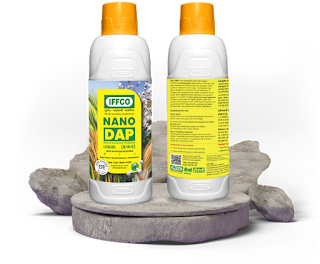A Beginner's Guide to Fertilisers
Fertilizers are active soil amendments that supply plants with the required nutrients to boost their health and growth. Based on their composition, fertilizers can be organic or inorganic fixes that can promote soil health, introduce microbial activity in the soil, and essentially improve the environment of the plant so that it can thrive.
Basic Components
Fertilizers are composed of one or more elements that can be found naturally existing or can be curated chemically with the help of science.
Plants essentially require at least 16 micro and micronutrients, including carbon, hydrogen, oxygen, nitrogen, phosphorus, Sulphur, potassium, calcium and magnesium. Many of these elements are naturally present in our environment and others can be amended through alfalfa meal, bone meal, manure, coffee grounds, cow dung, compost, green manure, kitchen waste and other organic materials.
For most modern agricultural practices, most fertilizers contain three basic elements that plants require in large quantities - Nitrogen, Phosphorus and Potassium or NPK. Nitrogen promotes foliage growth, phosphorus helps in healthy root development, and potassium supports overall plant health. While plants can receive these 3 nutrients through various natural sources, physical amendments in the form of sodium nitrate (nitrogen), Urea, DAP, and muricate of potash can also play a crucial role in supplying these nutrients.
How Much NPK Do Your Plants Need?
Each plant has different nutritional requirements. For instance, leafy greens thrive on higher nitrogen for lush foliage development, and root crops such as carrots, potatoes, and beets demand phosphorus to establish a strong bulb and root system. For example, diluting and applying IFFCO DAP bag can fulfil nitrogen and phosphorus deficiencies in plants. It is important to understand individual plant requirements and tailor the fertilizer dosage to meet their specific needs.
In most cases, an all-purpose fertilizer that contains these three elements in equal concentrations can provide the nutrients for healthy plant growth. However, based on individual plant requirements and soil health, you may want to alter the composition. The composition is represented on the packaging as three variable numbers (usually denoted as 8:12:16 or 8-12-16). These numbers indicate the percentage of N, P and K (in the same order).
Understanding and learning the basics of fertilizer application is important for every farmer. Whether you want to promote green lush leaves or abundant fruit growth, with the right knowledge in hand you can fertilize with confidence.




Comments
Post a Comment